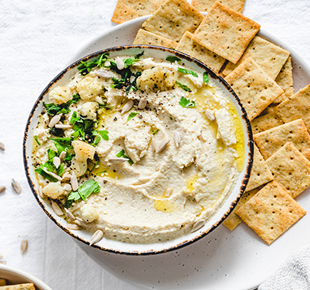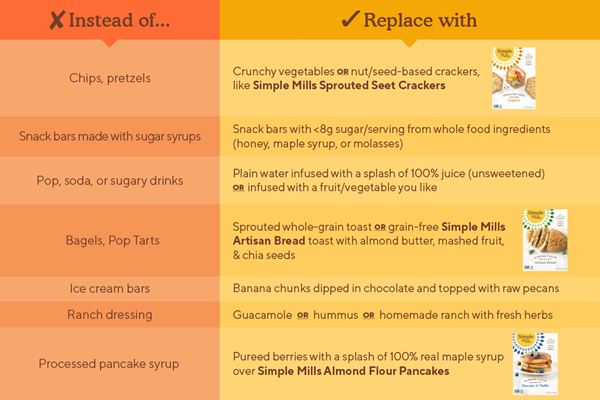Food is information for your body, providing energy in the form of calories. The body also needs macronutrients (carbohydrates, fats, protein), micronutrients (vitamins and minerals) and water, among its most basic nutritional needs. We asked Registered Dietitian, Olivia Wagner (MS, RDN, LDN, IFNCP) to break down exactly what it takes for a food to be classified as “nutrient-dense.”

In order to be nutrient-dense, a food must be relatively rich in nutrients per the number of calories it contains. On the other hand, something that lacks nutrient density may be referred to as “empty calories.” Everything we eat provides information directly to our body. For example:
-Vitamins are necessary for healthy hair, skin, and eyes and for functions like energy production, immune health, and blood clotting.
-Minerals play an important role in bone health, fluid balance and growth.
-Proteins provide amino acids, the building blocks required for the structure, function, and regulation of the body’s tissues and organs.
-Dietary fats act as carriers for certain vitamins, provide membrane structure for cells, and support wound healing and inflammation – to name a few.
-Carbohydrates provide an energy source that red blood cells are dependent on, while also sparing proteins for energy. Additionally, they provide dietary fiber, essential for supporting diversity in the microbiome that is associated with increased immune health and decreased chances of obesity and diabetes.
-Water helps your body regulate temperatures, lubricate joints and sensitive tissues, and get rid of wastes through urination, perspiration, and bowel movements.
Every time we eat, we have the opportunity to provide our bodies with data that supports their overall function. Whole foods, or recipes composed of whole food ingredients, can provide a balance of nutrient-dense inputs. Some nutrient-dense foods include fruits, vegetables, nuts, seeds, beans/legumes, high quality animal proteins, fish, mollusks, and minimally-processed whole grains.
Building meals and choosing products focused around these ingredients is a productive strategy to support overall health. To get more nutritional value from your food, swap SAD (Standard American Diet) standards for the simple, nutrient rich ingredient suggestions below.
